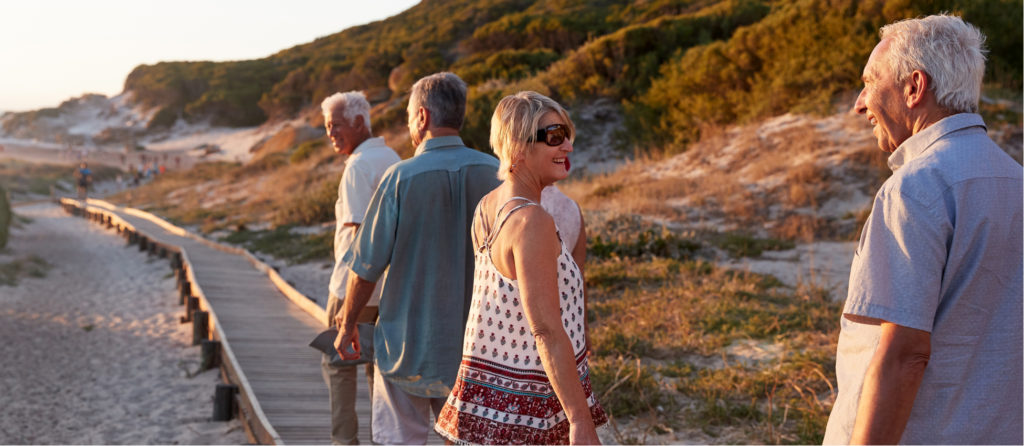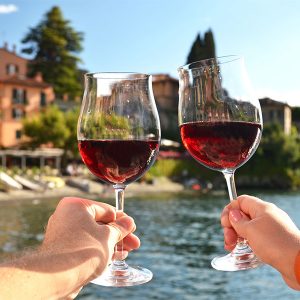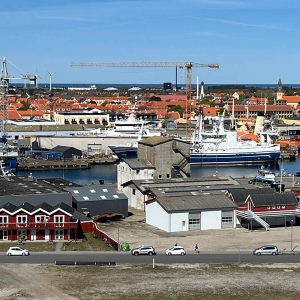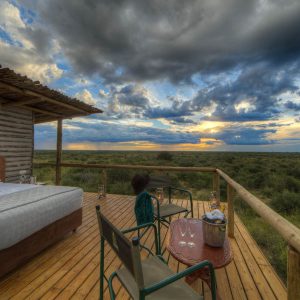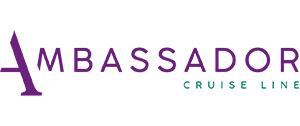The Dutch Caribbean that is welcoming UK visitors
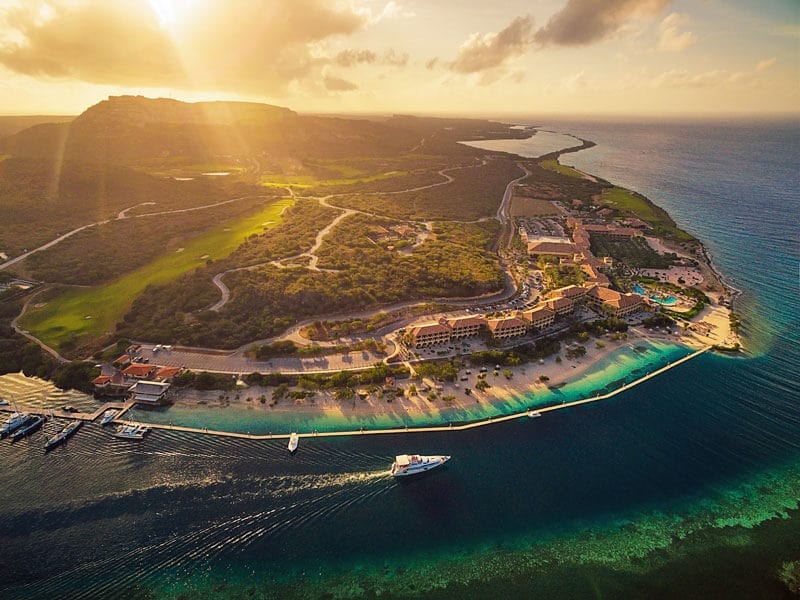 Dismissed by the Spanish in the 16th century as Islas Inutiles – ‘useless islands’ – because of their lack of precious metals, the Dutch Caribbean islands of Aruba, Bonaire and Curaçao (ABC islands) conceal treasures undiscovered by most British tourists who flock to high profile Eastern Caribbean destinations.
Dismissed by the Spanish in the 16th century as Islas Inutiles – ‘useless islands’ – because of their lack of precious metals, the Dutch Caribbean islands of Aruba, Bonaire and Curaçao (ABC islands) conceal treasures undiscovered by most British tourists who flock to high profile Eastern Caribbean destinations.
But the islands are now accessible to us Brits as TUI has introduced the only direct flights to Aruba from London Gatwick and all-inclusive giant Sandals is opening its 16th resort on Curaçao. Judith Baker explores.
Part of the Kingdom of the Netherlands, each of the ABC islands has its own character, but they share an arid, dusty, cacti rich landscape more like that of their South American neighbours than the tropical lushness of the Caribbean.
Aruba – a ruby in the dust
Optimistic Aruba is putting in place plans to welcome tourists when we can travel safely again, and there is much to look forward to. ‘One happy island’ is Aruba’s motto and the people you meet here live up to it. The local language is Papiamentu and everywhere you go from the casinos to the cunucu (countryside) you will hear a friendly ‘bonbini’ (welcome) especially to those British tourists possibly visiting for the first time.
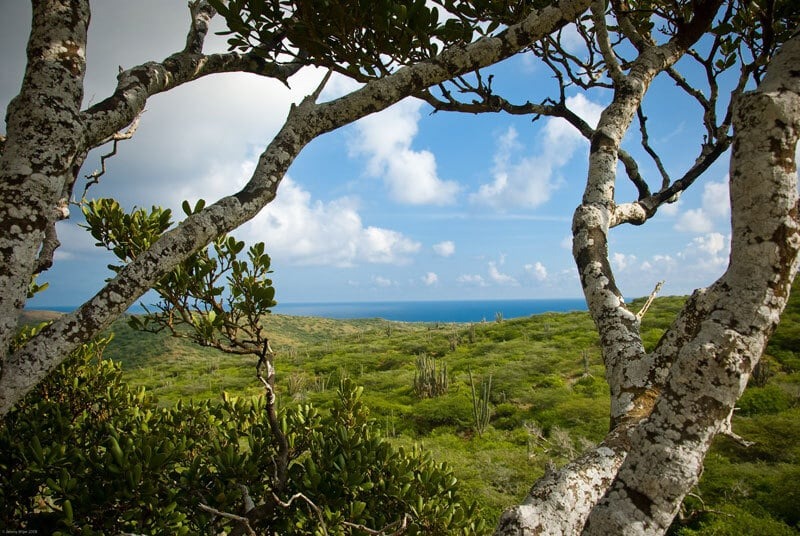 Like most people I started off in the capital, Oranjestaad, with bustling malls, markets and restaurants. But Aruba has hidden treasures as well as great nightlife and beautiful beaches.
Like most people I started off in the capital, Oranjestaad, with bustling malls, markets and restaurants. But Aruba has hidden treasures as well as great nightlife and beautiful beaches.
Home to a number of indigenous species characteristic of its desert climate, sites include the Fontein and Quadarikiri caves, with ancient Indian paintings found in the Arikok National Park which makes up 20% of the island’s landmass. I trod carefully – this is home to the Cascabel Aruban rattlesnake! The Cobobo lizard makes an endearing waving motion with little arms, for a reason which apparently mystifies naturalogists.
I love the graceful, southwest-bending shape of the divi-divi, Aruba’s national tree seen all around the island.
Don’t miss
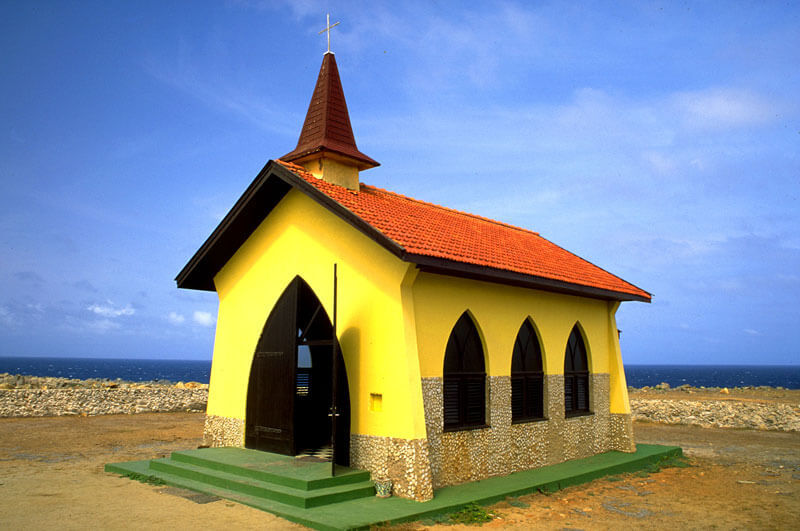 Aruban landmarks dotted along the coast include the picturesque yellow Alto Vista chapel overlooking the sea, the ruins of 18th Century Spanish gold mines, The Baby Natural Bridge and the California lighthouse.
Aruban landmarks dotted along the coast include the picturesque yellow Alto Vista chapel overlooking the sea, the ruins of 18th Century Spanish gold mines, The Baby Natural Bridge and the California lighthouse.
The ‘wish-stone garden’ is a stretch of coastline covered almost entirely by small piles of rocks. Legend has it that you can have as many wishes as rocks you can pile up – but if the tower falls down, your dreams disappear.
Discover Aruba’s desert-like landscape by tearing across rocky tracks and cacti forests on a Jeep safari.
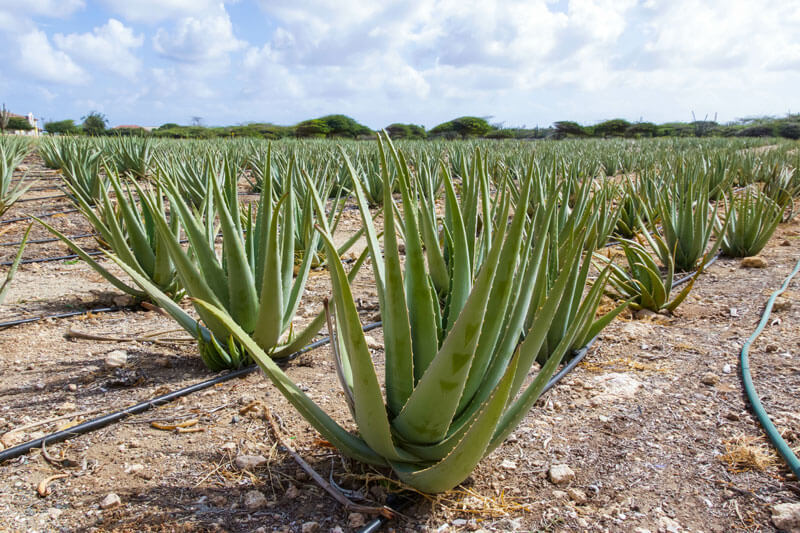 Aloe Vera factory. Aruba has perfect conditions for growing this versatile desert plant. Visit its farm and factory with a local tour including rum tasting and island highlights.Toursbylocals.com
Aloe Vera factory. Aruba has perfect conditions for growing this versatile desert plant. Visit its farm and factory with a local tour including rum tasting and island highlights.Toursbylocals.com
Diving: Aruba has over half a dozen wrecks, including the largest wreck in the Caribbean, The Antilla, a 400-foot World War II German freighter. Padi.com
Enjoy an Ariba Aruba. Head south to San Nicolas, Aruba’s second city, for one of Aruba’s oldest institutions, Charlie’s Bar, opened in 1941. Ariba Aruba is the island’s best-known cocktail made with Coecoei (a crimson liqueur).
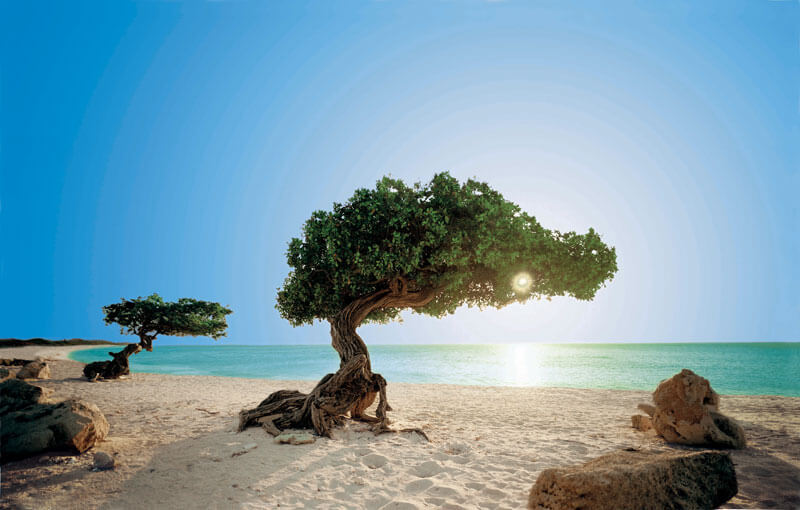 Grab your binoculars: Bucuti & Tara Beach Resort has teamed up with the island’s award-winning nature photographer, Michiel Oversteegen, to offer an Aruban birdwatching and nature tour.
Grab your binoculars: Bucuti & Tara Beach Resort has teamed up with the island’s award-winning nature photographer, Michiel Oversteegen, to offer an Aruban birdwatching and nature tour.
TUI offers a seven-night all-inclusive package at the 4T plus Riu Palace Antillas in Palm Beach, Aruba, from £1,319 per person. Price based on two adults sharing, flights departing from London Gatwick on 28 April including transfers.
Colourful Curaçao
In Curaçao’s historic centre of Willemstad the colourful architecture is unmistakably Dutch, recalling that of Amsterdam.
In 1917 the colonial governor general, Albert Kikkert, found the sun’s reflection on the whitewashed buildings gave him migraines and decreed that all buildings be painted ‘any colour other than white’.
But this prettiness masks the island’s grim past. The trade that made the island affluent was at the expense of African slaves brought to Curaçao when it was among the most important slave markets in the New World and a transit port for the rest of the Caribbean. Learn the history at The Slavery Museum.
To do
The floating Venezuelan market is where fishing boats are tethered to display fresh produce and crafts. The pavement cafes are the perfect spot for coffee or a glass of Curaçao – the island’s liqueur comes in a rainbow of colours and flavours.
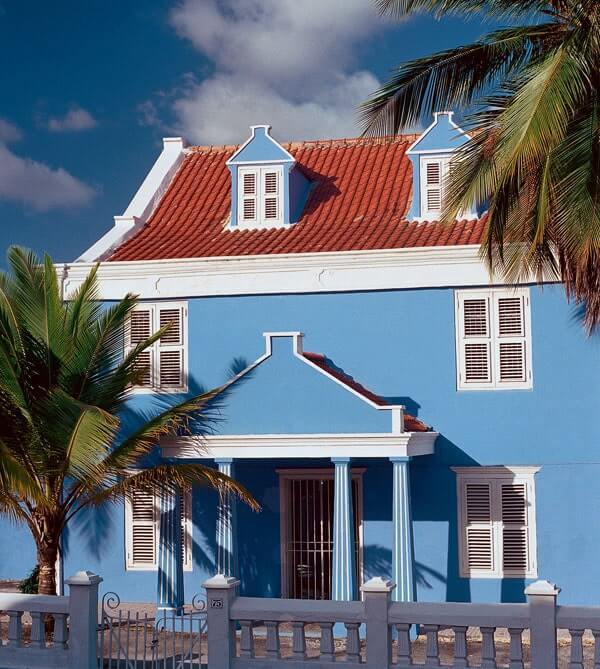 Authentic plantation houses or landhuizen are open to the public. Some, such as Landhuis Dokerstuin, house restaurants and galleries.
Authentic plantation houses or landhuizen are open to the public. Some, such as Landhuis Dokerstuin, house restaurants and galleries.
Visit Hato Caves, an elaborate network of stalactites and stalagmites with1,500-year-old drawings and Christoffel National Park, 4,446 acres teeming with wildlife.
Sandals Resorts International has signed an agreement to bring Sandals Resorts to the Santa Barbara Resort on Curaçao. The new Sandals Curaçao will initially have 350 luxurious rooms and suites stretched along Spanish Water Bay and the Caribbean, with further expansion planned.
The Avila Hotel is a family run elegant resort set around an 18th Century Manor House.
Bonaire – Salt of the earth
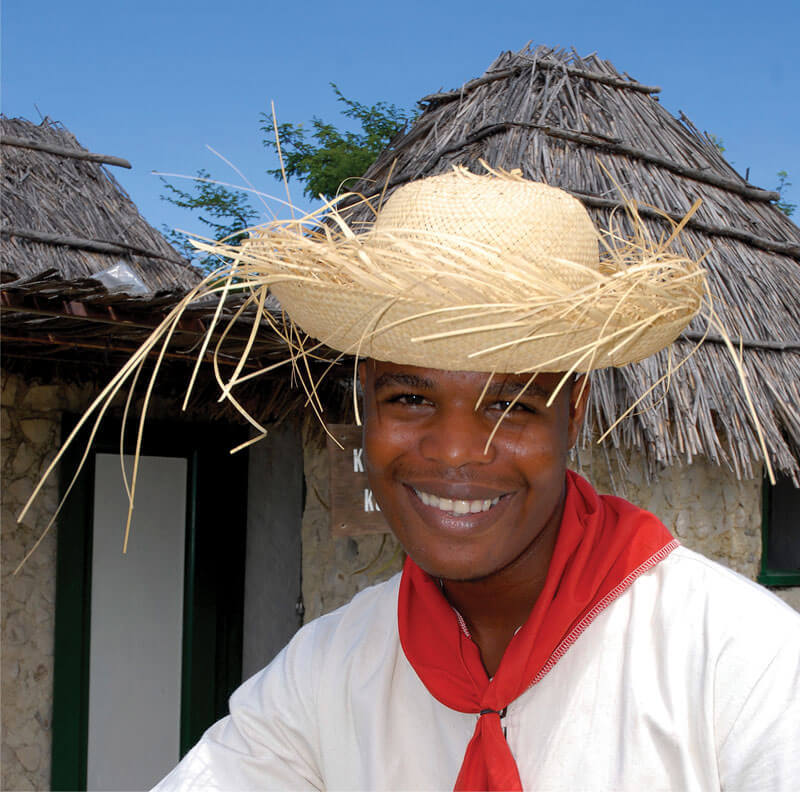 Tiny Bonaire is a slow-paced haven for divers and has only a handful of large hotels.
Tiny Bonaire is a slow-paced haven for divers and has only a handful of large hotels.
The island’s abundance of salt made it attractive to the Dutch who captured the islands in the early 1600s.
Must see
The salt ponds or Pekelmeer, where tiny white slave huts still stand alongside flamingos.
Quirky Rincon, the oldest village in the region.
Kayak on the mangrove to encounter Lora, the island’s indigenous parrot, and iguana, wild donkeys and goats.
Stay at the luxurious Harbour Village or a low-key dive hotel such as Buddy Dive.
More information
KLM flies to Aruba via Amsterdam.
TUI is the only company to fly direct from the UK.
Travel between the islands is easy as ABC; Short internal flights between the islands can be booked with WinAir and other local airlines.
Aruba, Bonaire and Curacao are located outside the hurricane belt – almost always dry and average daytime temperature is 82°.
Dutch is the official language. Papiamento is the musical local language and English and Spanish are generally understood.
Time: GMT -4
Each island has its own currency (Aruba’s is the Aruban Florin) but US dollars are widely accepted.
For holidays in the Caribbean, see the Silver Travel Advisor recommended travel companies and cruise companies.
